Saruru Farm (사르르목장)
12.8Km 2024-02-08
130 Sanjeonghosu-ro, Yeongbuk-myeon, Pocheon-si, Gyeonggi-do
Saruru Farm is a café known for its bright and neat atmosphere, with large windows providing views of rice fields and farms. The café's signature menu items include homemade soft ice cream made from Pocheon ranch's fresh milk and homemade kaymak. They also offer unique ice cream topped with Korean-style toppings like konggomul (roasted soybean powder).
Pocheon Jainsa Temple (자인사(포천))
13.2Km 2021-07-15
808, Sanjeonghosu-ro, Pocheon-si, Gyeonggi-do
+82-31-532-6141
Jainsa Temple in Pocheon, Gyeonggi-do, lies deep within the rugged cliffs of Myeongseongsan Mountain with a large smiling Buddhist statue welcoming the visitors. The temple also has various statues, stone pagodas, and spring water known for delicious taste.
Key Observatory (열쇠전망대)
13.2Km 2022-09-07
1375-1, Dongnae-ro, Yeoncheon-gun, Gyeonggi-do
+82-31-839-2147
Called to play the role of an important key for unification, Key Observatory was established on April 11, 1998 to commemorate the sorrow of homesickness and provide security education in the area. Military in the area can also keep watch over the north from this location. Visitors can see the DMZ fences and the Guard Point as well as exhibition hall where war items can be found.
HanGwa Culture Museum Hangaone (한과문화박물관 한가원)
13.3Km 2021-07-22
26-9, Sanjeonghosu-ro 322beon-gil, Pocheon-si, Gyeonggi-do
+82-31-533-8121
The Hangwa Culture Museum is the first museum in Korea to have a theme centered on traditional Korean sweets. Its first floor exhibits the history of hangwa, tools used to make it, and the various types (Yakgwa, Yugwa, Yumilgwa, Jeongwa, Dasik, and Gangjeong), while the second floor offers seasonal hangwa, hangwa with tea, hangwa areas in Pocheon, information from hangwa experts, and tourism information on Pocheon. The education center runs colorful hands-on programs offering visitors an opportunity to make hangwa and also learn about traditional tea culture.
Sintan-ri Station (신탄리역)
13.5Km 2025-02-01
4, Godaesan-gil, Yeoncheon-gun, Gyeonggi-do
+82-1544-7788
Sintan-ri Station, located on the Gyeongwon Line between Daegwang-ri and Baengmagoji Stations, opened on July 10, 1913. It was part of North Korean land after 1945, but was returned to South Korea in 1951. A sign labeling the station as the final station on the line was installed in 1971. With the opening of Baengmagoji Station on November 20, 2012, the station lost its title as the last station. However, many people still consider it as such, with many visitors coming to see the old sign.
Bidulginangpokpo Falls-Hantangang River Geopark (비둘기낭폭포-한탄강 국가지질공원)
13.5Km 2025-10-24
Daehoesan-ri, Pocheon-si, Gyeonggi-do
+82-31-538-2312
Bidulginangpokpo Falls, Natural Monument No. 537, is located within a small valley. The waterfall is surrounded by grand columnar joints. The landscape appears quite mysterious and serene, earning it a spot as a poplar filming site for historical dramas. The falls gets it's name ("Pigeon Falls" in Korean) from the story of many wild pigeons nesting in the caves around the waterfall. Other say the name comes from the area's shape. During heavy rainfall, the road to the waterfall is closed, so checking the weather before visiting is recommended.
Pocheon Sanjeonghosu Lake (포천 산정호수)
13.6Km 2024-11-01
104 Sanjeonghosu-ro 411beon-gil, Yeongbuk-myeon, Pocheon-si, Gyeonggi-do
+82-31-532-6135
Sanjeonghosu Lake is surrounded by the Myeongseongsan and Gwaneumsan Mountains. Its name refers to its location, like a well ("jeong") deep within the mountains ("san"). The lake was originally built as a water source for agriculture. It is circled by a 3 kilometer-long trail, and there is a silver grass habitat in the middle of a hiking trail leading to the summit of Myeongseongsan Mountain. Family-friendly facilities like snow sledding slopes and hot springs can also be found. Nearby tourist sites include the Hantangang River, Herb Island, Art Valley, and the Korea National Arboretum.
Hanwha Resort Sanjeong Lake (한화리조트 산정호수)
13.8Km 2025-03-16
402, Sanjeonghosu-ro, Pocheon-si, Gyeonggi-do
+82-31-534-5500
Hanwha Resort Sanjeong Lake is located in a natural environment befitting its name sanjeonghosu, which refers to a lake as clear as a well in the mountains. As a result, the resort is adored by guests all year round.
In spring and fall, visitors can see the vast trees and silver grass of Myeongseongsan Mountain. In summer, guests can enjoy rafting in the Hantangang River and in winter, ice sledding. The resort underwent remodeling in 2013, keeping it up to date and pleasant.
Hanwha Resort Sanjeonghosu Annecy Hot Spring (한화리조트 산정호수 안시 온천사우나)
13.8Km 2024-02-08
402 Sanjeonghosu-ro, Yeongbuk-myeon, Pocheon-si, Gyeonggi-do
Hanwha Resort Sanjeonghosu Annecy Hot Springs is a spa that utilizes natural hot spring water drawn from 700 meters below ground. Its hot spring water, composed of alkaline sodium bicarbonate, is gentle on the skin and known for its benefits in fatigue recovery and skin beautification. The sauna facility is divided into indoor and outdoor sections. Indoors, various types of saunas and hot baths are available. Outdoors, there is an open-air bath and an outdoor jacuzzi, providing the opportunity to enjoy the hot spring in a natural setting.
Cheorwon Peace Observatory (철원평화전망대)
13.8Km 2022-10-25
588-14, Junggang-ri, Cheorwon-gun, Gangwon-do
+82-33-450-5558
Cheorwon Peace Observatory offers a panoramic view of the DMZ (Demilitarized Zone separating North and South Korea) in the central forward area of Cheorwon-gun, Gangwon-do. From this observatory, one can see the Cheorwon plain, areas of the DMZ, and even North Korea. Photos of the 2nd Tunnel, military barracks, checkpoints, and the DMZ are exhibited here. Visitors can easily get to the observatory using the 50-person monorail, see the remains of the ancient Taebongguk (nation), and even see the faces of North Korean soldiers through binoculars.
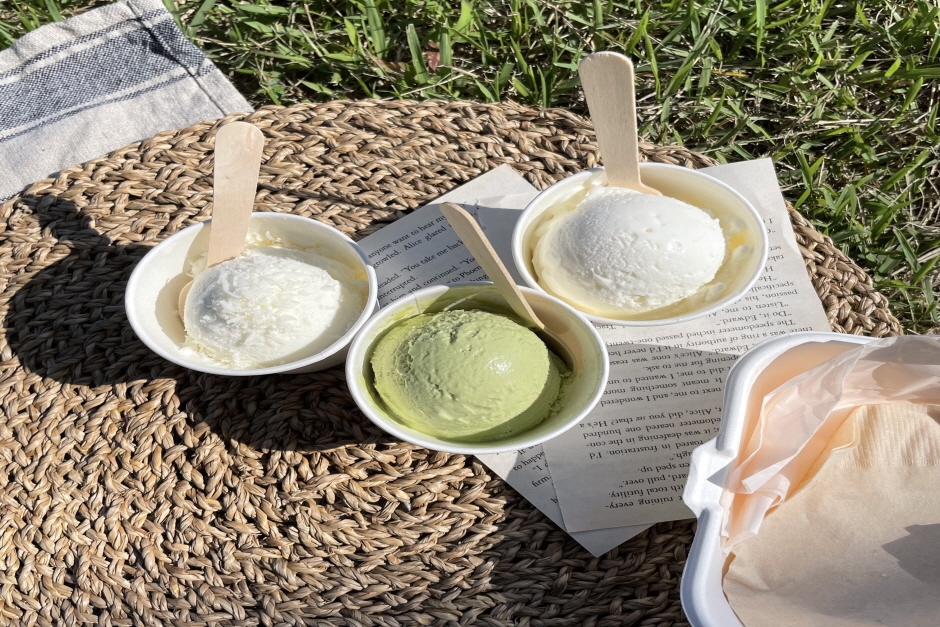
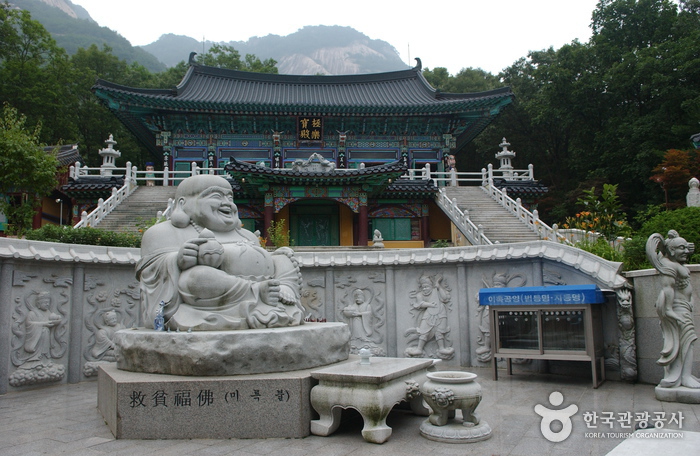
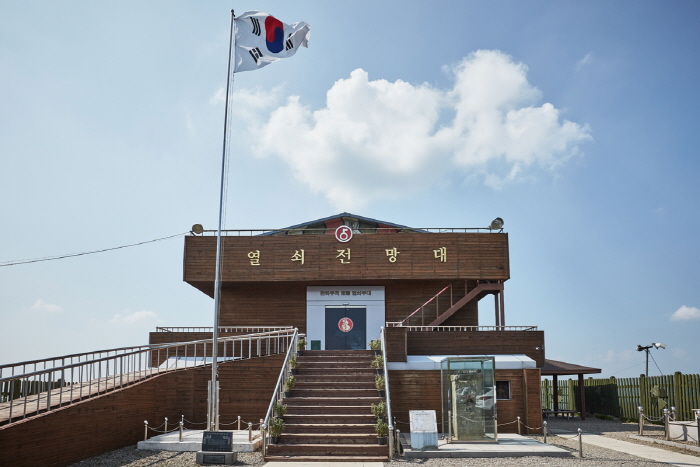
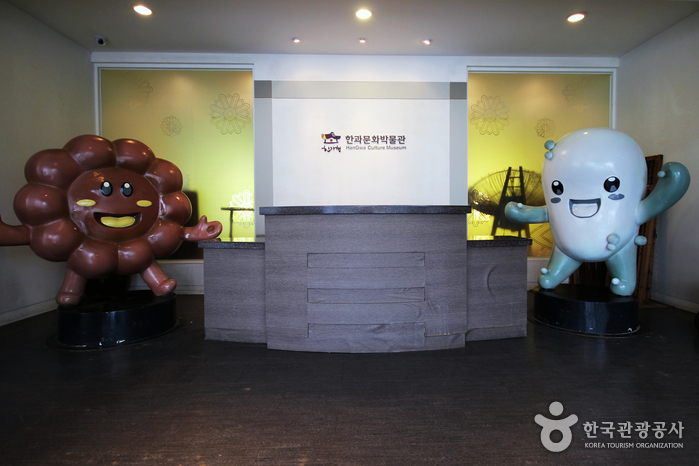
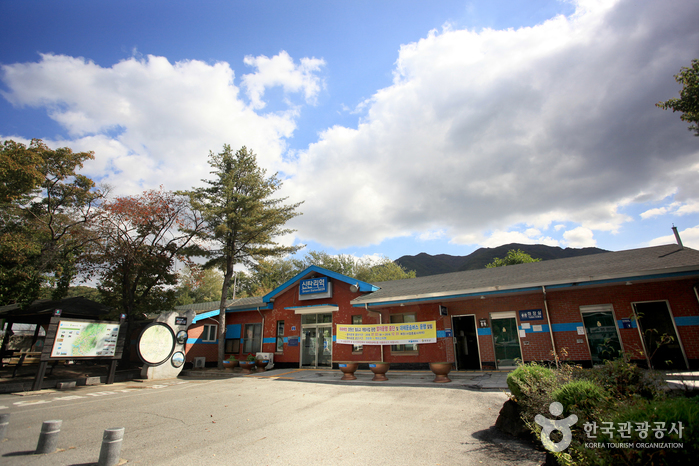
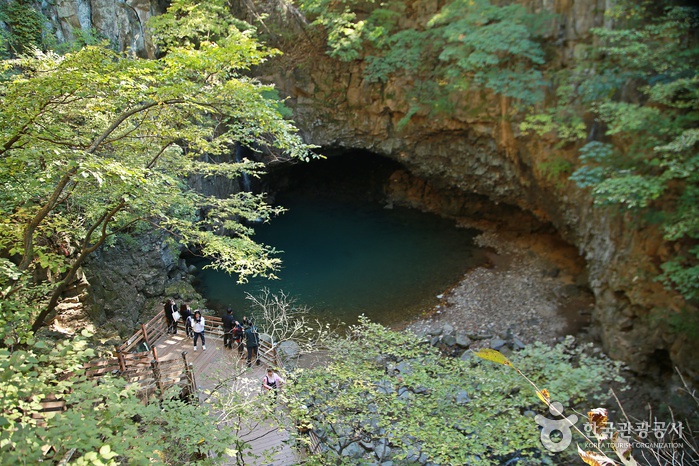
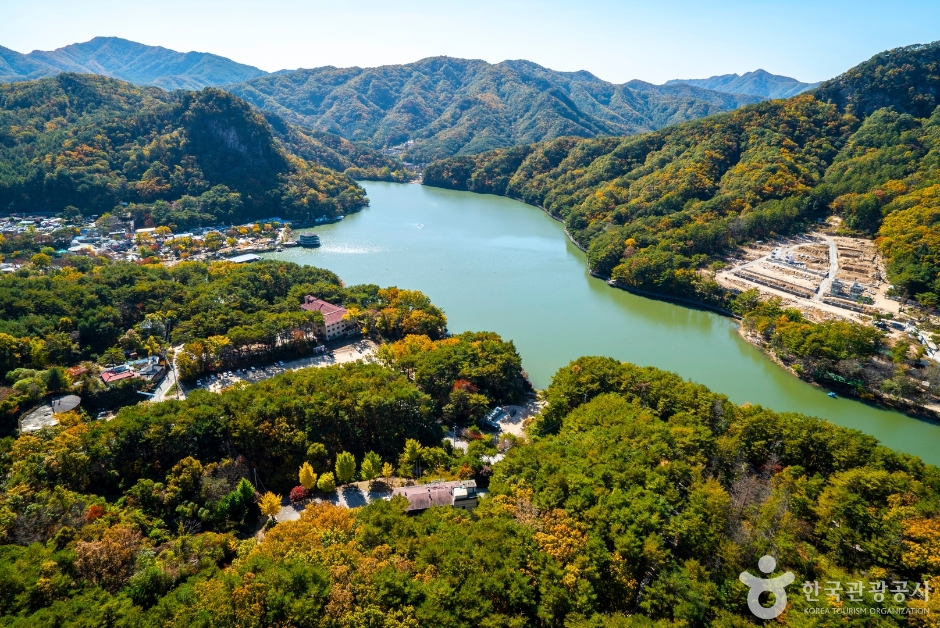
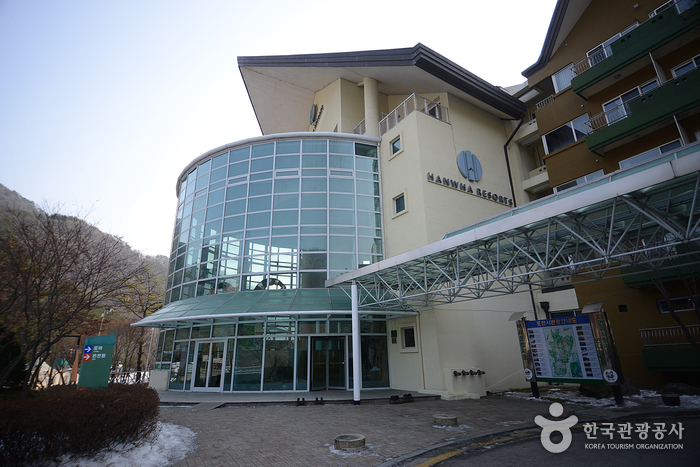
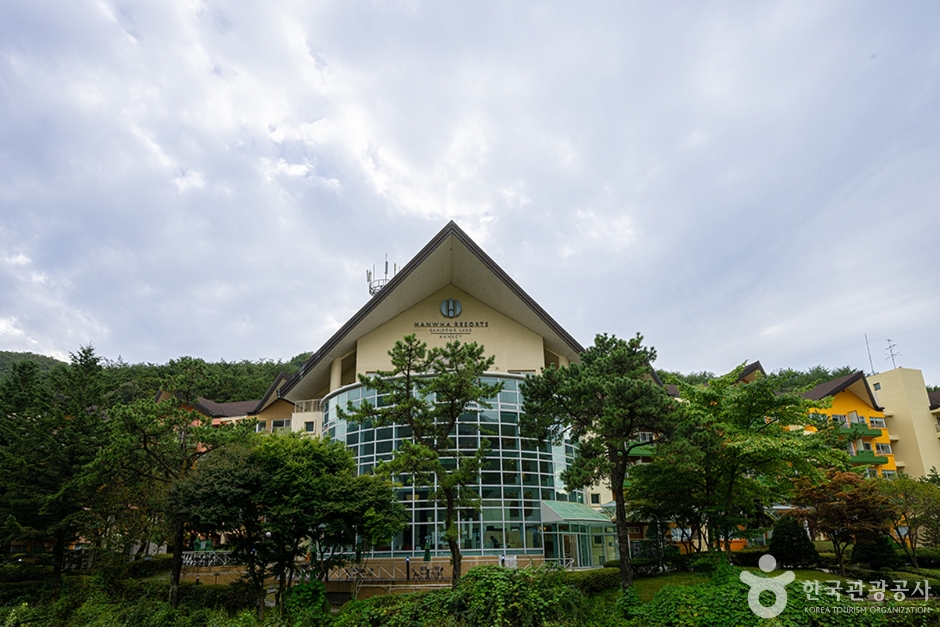
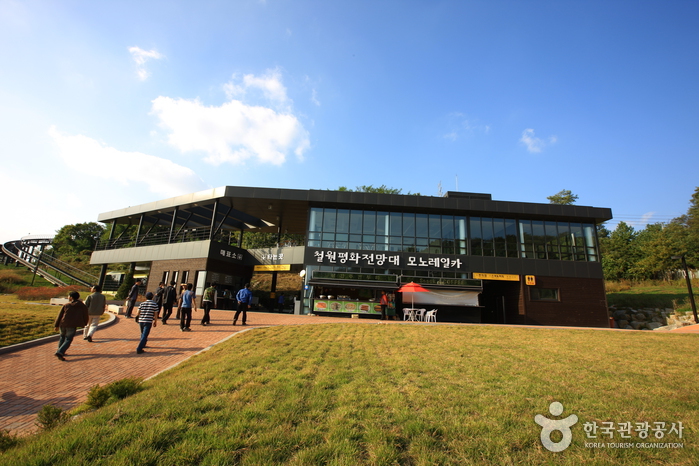
 English
English
 한국어
한국어 日本語
日本語 中文(简体)
中文(简体) Deutsch
Deutsch Français
Français Español
Español Русский
Русский